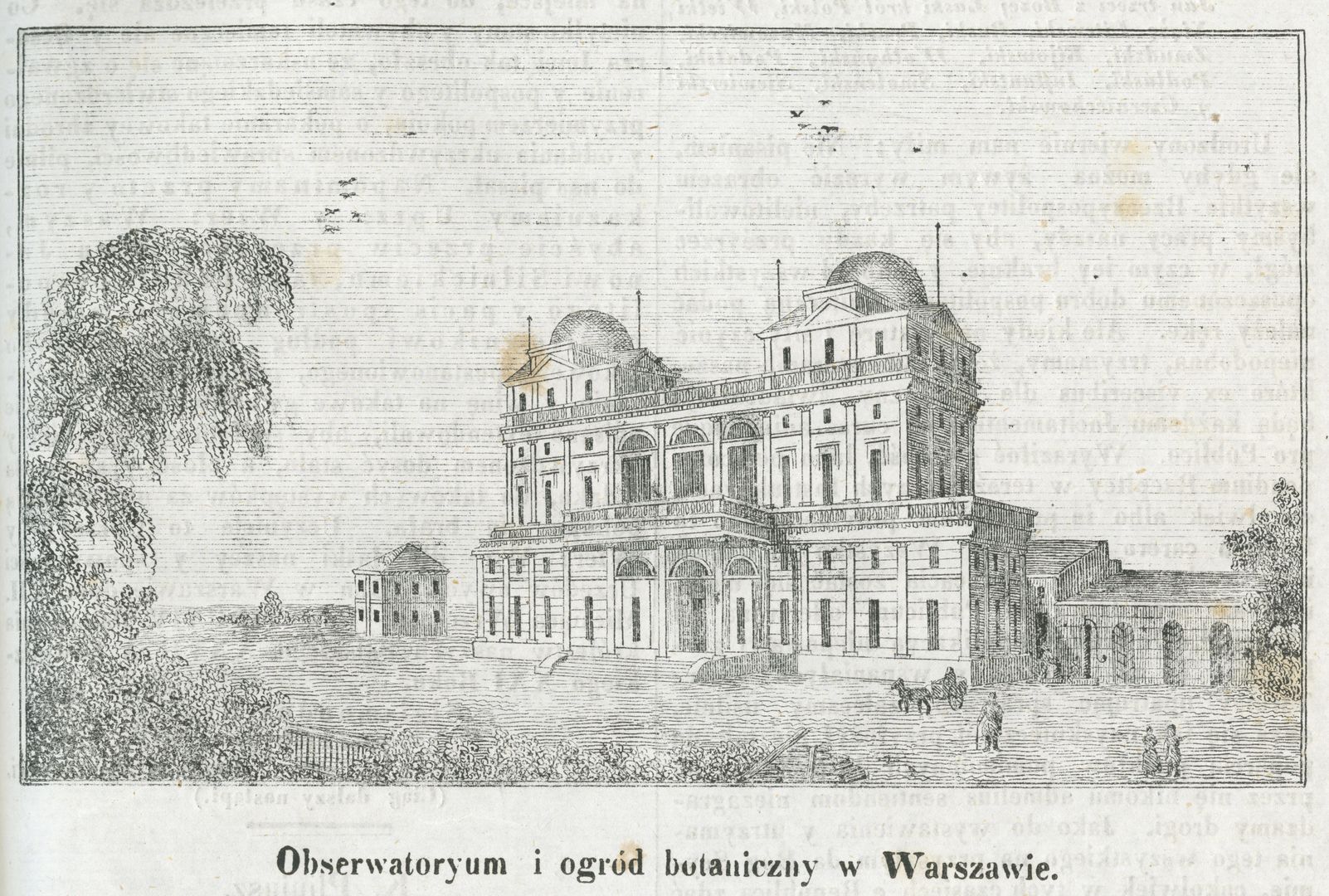Warsaw University Observatory
6.17

Overview
The Warsaw University Astronomical Observatory (OA UW) is located in a historic building within the Botanical Garden on Aleje Ujazdowskie. It was constructed between 1820 and 1825 on the initiative of Franciszek Armiński. At the time of its completion, it was one of the most modern observatories in Europe. In the 19th century, the building underwent renovation, and in the 1930s, plans were made to establish an out-of-town observation station. Unfortunately, during World War II, the observatory suffered a tragic fate: the main building was destroyed in 1944, and many valuable instruments and collections were lost in a fire. Despite these difficult times, the facility was successfully rebuilt in 1945. Over time, it established collaborations with other research centers and led pioneering projects such as OGLE, which were groundbreaking in the field of gravitational microlensing observations. Today, OA UW operates telescopes both in Poland and Chile, conducting international research. An interesting fact is that the first CCD cameras in Poland were built at OA UW, revolutionizing the way astronomical observations are conducted. A significant achievement of the institution is the development of the Warsaw school of astronomy, which, especially after the war, produced numerous doctoral degrees and major scientific discoveries. Today, the observatory and its surroundings are an important site not only for astronomers but also for tourists and science enthusiasts, preserving important historical and architectural elements from its rich past.
Location
Tickets
Powered by GetYourGuide
2025 Wizytor | All Rights Reserved